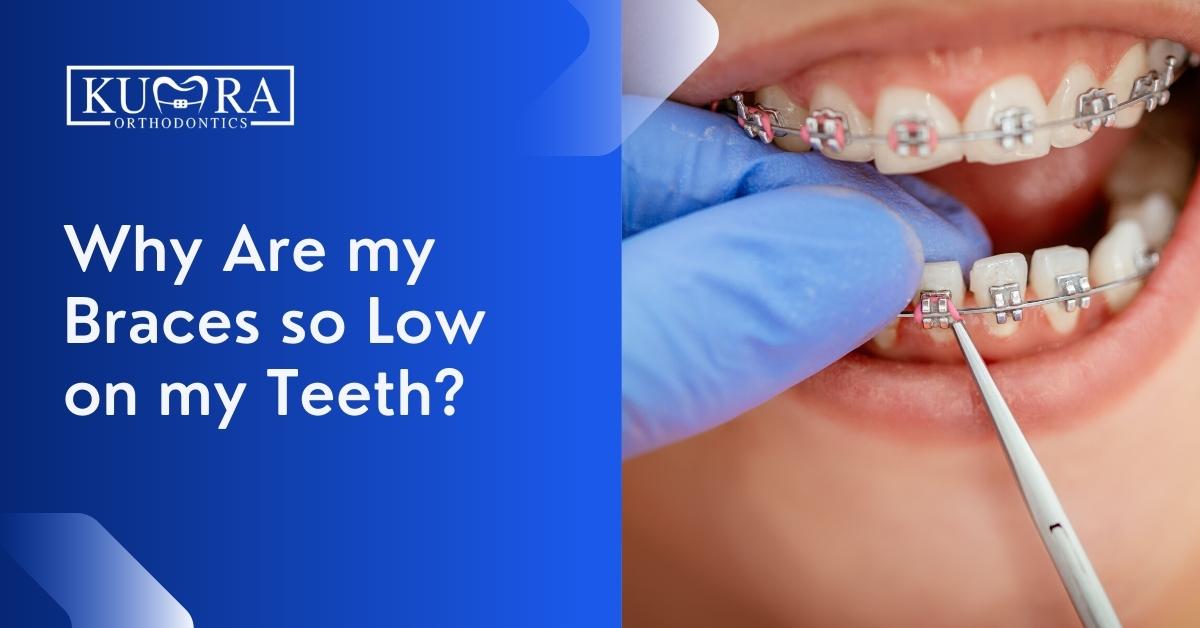Your Guide to Cumming Invisalign: Straightening Teeth with Style and Comfort
Your Guide to Cumming Invisalign: Straightening Teeth with Style and Comfort
Blog Article
Comprehensive Overview to Orthodontics Treatments for Fixing Dental Misalignments
In the world of orthodontics, the journey to attaining a flawlessly straightened smile involves a myriad of procedures customized to remedy oral imbalances. From typical dental braces to unnoticeable aligners and even surgical alternatives, the field of orthodontics supplies a range of services to deal with differing degrees of oral abnormalities. Comprehending the complexities of each treatment, including their devices, benefits, and potential disadvantages, is crucial in making educated decisions about one's orthodontic treatment. As we browse with the thorough guide to orthodontic treatments for fixing dental misalignments, the detailed details of each approach will unravel, clarifying the path toward a unified and useful dental positioning.
Orthodontic Procedures Introduction

Normal modifications and monitoring are vital components of orthodontic treatment to make certain development is on track and to make any kind of necessary modifications along the means. By undergoing orthodontic treatments, individuals can not only accomplish a straighter smile however likewise boost their general dental health and wellness and feature.
Standard Braces: How They Work
When thinking about orthodontic therapies for oral misalignments, traditional dental braces stand out as a reliable approach for correcting teeth placing. Conventional braces consist of brackets, cables, and bands that work together to apply continual pressure on the teeth, progressively relocating them right into the wanted placement.
One secret facet of how standard braces work is the process of bone makeover. As pressure is related to the teeth via the dental braces, the bone bordering the teeth is improved to support the new tooth positions. This remodeling is important for the long-lasting security of the fixed positioning. People will certainly need routine adjustments at the orthodontist's office to guarantee the dental braces remain to use the appropriate stress for efficient teeth activity.
Invisible Aligners: Disadvantages and pros
Unseen aligners use a very discreet and practical alternative to typical braces for remedying dental imbalances. These clear, tailor-made trays are essentially unnoticeable when worn, making them an enticing option for individuals seeking an extra visually pleasing orthodontic therapy. Among the main advantages of unnoticeable aligners is their removability, allowing for easier maintenance of oral health contrasted to traditional braces. Clients can remove the aligners before consuming or brushing their teeth, reducing the danger of food getting embeded the device and streamlining the cleaning process.

Surgical Orthodontic Options
Surgical interventions in orthodontics existing viable alternatives for attending to complicated dental misalignments that might not be successfully fixed via traditional orthodontic therapies. While invisible aligners and typical braces can deal with several orthodontic concerns, certain cases need surgical intervention to attain optimal results. Surgical orthodontic options are normally recommended for extreme malocclusions, significant jaw inconsistencies, and cases where the underlying bone framework requires adjustment to accomplish proper positioning.
One usual surgical orthodontic procedure is orthognathic surgical procedure, which includes rearranging the jaws to fix useful issues such as trouble speaking or chewing. This surgery is frequently done in collaboration with an orthodontist who helps line up the teeth before and after the procedure. Surgical orthodontics may also include procedures to subject influenced teeth, eliminate excess gum cells, or Discover More Here improve the jawbone to produce an extra unified face account.
Prior to considering medical orthodontic options, individuals undertake a detailed assessment to identify the necessity and possible benefits of such treatments. cumming orthodontics. While surgery might appear difficult, it can significantly enhance both the feature and visual appeals of the smile in situations where standard orthodontic treatments fall short
Retainers and Post-Treatment Treatment

Post-treatment care involves adhering to the orthodontist's guidelines faithfully. This might include appropriate oral hygiene methods, going to follow-up consultations, and using the retainers as recommended. Failing to comply with post-treatment care guidelines can result in regression, where the teeth slowly return in the direction of their original placements. Consistent retainer wear, great dental health, and routine oral examinations are important for preserving the outcomes achieved with orthodontic surgical procedure and guaranteeing the lasting stability of the corrected dental placement.
Conclusion
To conclude, orthodontic procedures use various alternatives for fixing dental imbalances. Typical braces utilize steel brackets and cables to move teeth right into proper placement. Invisible aligners give an even more discreet option however may not be appropriate for all situations. Surgical orthodontic choices are available for a lot more serious imbalances. Retainers are typically utilized post-treatment to preserve the brand-new positioning. On the whole, orthodontic procedures can properly improve oral health and wellness and aesthetic appearance.
As we browse via the thorough guide to orthodontic treatments for dealing with oral imbalances, the elaborate details of each approach will certainly unfold, shedding light on the path towards a useful and unified dental alignment. - orthodontics
One of the most usual orthodontic treatments is the usage of braces, which consist of metal braces and cables that use mild pressure to slowly shift try this web-site teeth into the preferred placement.When thinking about orthodontic treatments for oral misalignments, conventional braces stand out as a reliable method for dealing with teeth positioning. In addition, unseen aligners may not be ideal for complicated orthodontic concerns that need more substantial teeth movement, as they are generally recommended for moderate to modest instances. Retainers are tailor-made orthodontic tools designed to hold teeth in their remedied placements after the completion of orthodontic treatment.
Report this page